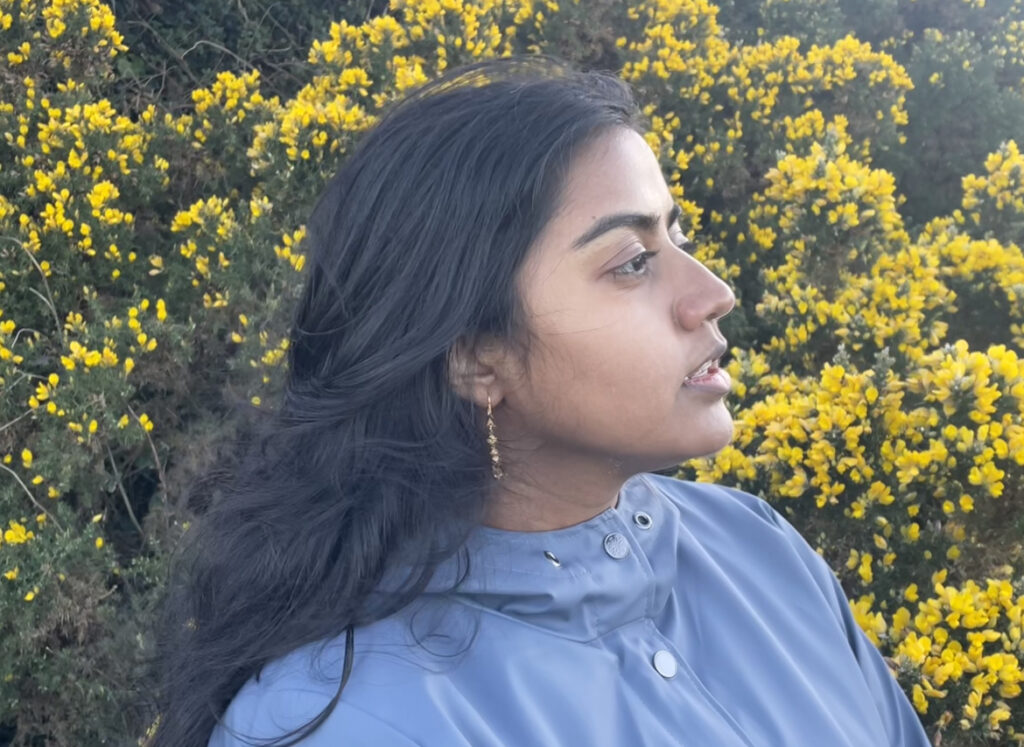With the arrival of the spring season, the Irish landscape bursts forth with tiny yellow flowers. Some call them “gorse,” from the German gerste (“barley”), others name them “furze,” perhaps from the Old English fȳr (“fire”). Botanists will know them by the genus Ulex. Whatever their name, these blooms paint every inch of the island gold from the forested walking paths of Glendalough Valley and the Bray Cliffs in the south to the coastal walk of the Giant’s Causeway to the North.
A chat with any naturalist quickly reveals the vast reputation of this plant. Ulex is a popular hedgerow, given its flexible growing conditions and spiny morphology, with endless fields in the countryside outlined in neat lines of the shrub. Additionally, many of the thatched roofs of the houses dotting the Wild Atlantic Way maintain the pre-Industrial method of using Ulex as the roof’s base layer. However, the high oil content of the shrub also makes it highly flammable, sometimes mitigated by the rainy climate, but sometimes also leading to hundreds of wildfires across the island in the span of just a few days.
The beauty of furze is that asking ten people will yield ten different stories about the plant—each more passionate than the previous. The plant’s prodigious mythology ranges from those who have claimed to see rare purple furze scattered in the outskirts of the southern counties to those who claim the plant smells of coconut (never in my experience, unfortunately).
I suspect the twenty-five years of this program’s run have yielded a similar repository of unique stories and memories from every person who has made it to the other side of their year. Now nearing the other side of my own year here, I have realized just how much has come of my time on the island. And while there will be so much to look back on, I think I will remember the gorse most of all.

